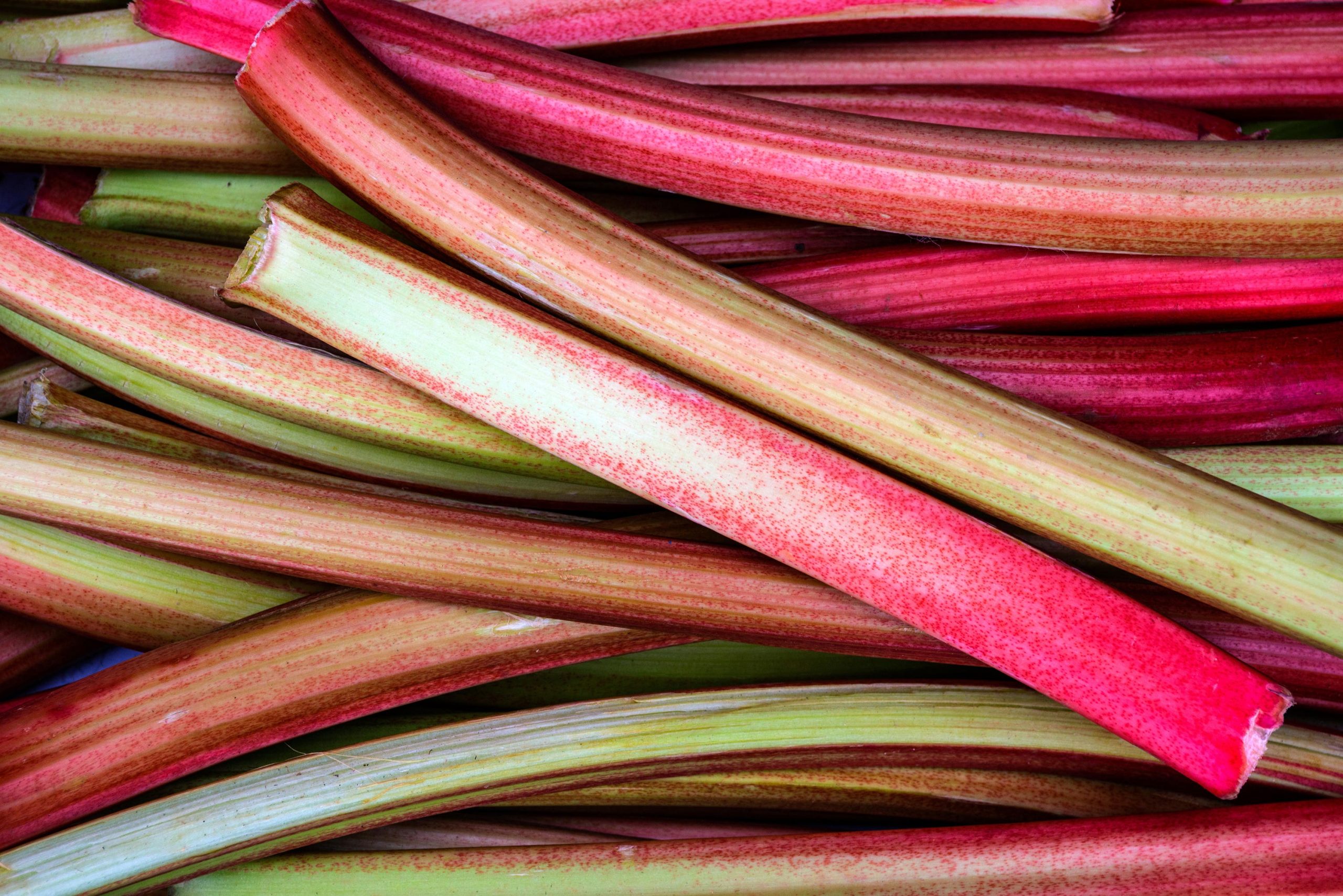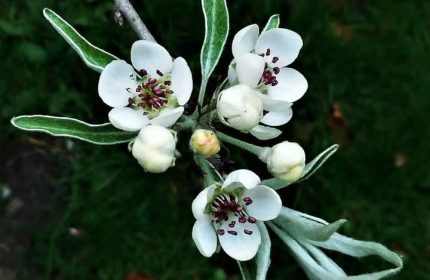Love rhubarb? Save on grocery bills by growing your own
It’s so expensive in the shops, yet so easy to grow
If you love rhubarb in crumbles, pies, compotes, jams and gin, now’s the time to start growing it yourself.
While shop-bought stems are often astronomical in price, if you’re prepared to be a little patient, you’ll be rewarded with more than you can eat of this delicious vegetable – potentially saving you pounds at the till.
What’s the cheapest way to grow rhubarb?
View this post on Instagram
Growing from seed is the cheapest method, but it can take a lot of trial and effort. Beginners may be better off buying dormant crowns or pot-grown plants when starting out.
You’ll only need a couple of dormant crowns to keep a family in rhubarb for months. These should be planted in late autumn with the buds above the soil and kept well watered. Pot-grown plants can also be planted in spring or autumn, but they’ll be more expensive than crowns and there’s a limited choice of variety.
Where should I plant it?
View this post on Instagram
Rhubarb is best planted in full sun in rich soil enhanced with well-rotted manure or compost. Leave 90 centimetres (three feet) between plants, and water well in their first season. The stems should be ready to harvest from early to mid-summer – but don’t pick them until the second year after planting. Stop picking in July – the stems become tougher later in the season. Leaving the plant to recover its strength ensures a good crop the following year.
Don’t have much outdoor space? No problem – you can grow rhubarb in a pot. The Ace of Spades variety is ideal for containers.
How do I save more money on rhubarb?
You can force rhubarb over winter to harvest in early spring, when it’s at its most expensive in shops. Do this by covering the plant with a large pot or upturned dustbin in late January to block out the light. This will give you tender stems by early spring, about eight weeks after covering, but don’t force the same plant two years in a row as it will become exhausted.
Three steps to heaven: #justaddginger #forcedrhubarb #GrowYourOwn pic.twitter.com/jFmtq0NtqV
— Lucy Chamberlain (@HeadGardenerLC) April 2, 2019
If you want early rhubarb, choose a ‘forcing’ type such as Timperley Early, but you’ll need to wait several years for the crowns to be well established. Then you can dig up a crown in November, leave it on top of the ground for two weeks to allow it to be exposed to frost, pot it up and move it to a warm, dark place indoors, such as a cupboard under the stairs. The most important thing is to keep it in the dark, and after a month or two you should be picking slender stems.
How do I store it?
Pick the stems, holding the stalk near the base and twisting until it detaches. Washed and dried stems can be stored in the vegetable section of the fridge for around two weeks. If you have a glut, you can always freeze it after cooking.
How can I expand my crop for free?
View this post on Instagram
You can create new plants by dividing rhubarb crowns when they’re three to four years old, before they become overcrowded and weak. Do this in late autumn, digging up the base to expose the rhizome (root), then divide it into healthy, good-sized sections with a spade and replant immediately.
You can also do this in early spring, just as the buds are coming out of dormancy. Once you’ve replanted the pieces in enriched soil, with emerging buds just above the ground, don’t pick any stems in the first year and remove flowering spikes as they appear. Your rhubarb will repay your care for years to come.
The Press Association
Latest posts by The Press Association (see all)
- The 5 ways drinking alcohol can affect your body - April 7, 2025
- Why you should welcome these scary-looking critters into your garden - April 7, 2025
- World Parkinson’s Day – 10 early signs of the disease - April 5, 2025
- World Health Day: 8 easy ways to boost your health in just 10 minutes - April 5, 2025
- International Carrot Day: 9 weird and wonderful things you didn’t know about the orange vegetable - April 4, 2025




















